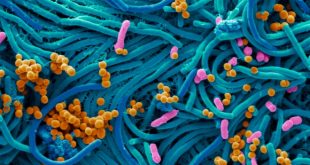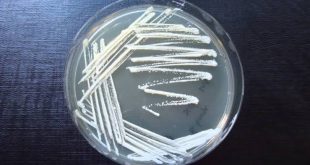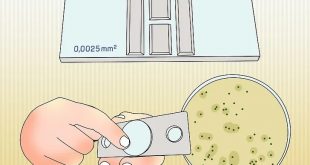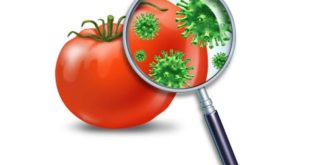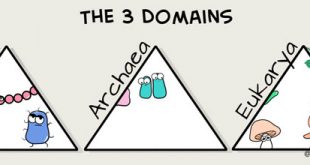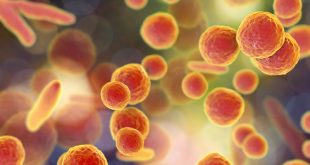Viruses are the smallest microbes on the planet. They are said to be so small that 500 million rhinoviruses (the causative agents of the common cold) could fit on the head of a pin. They are distinct in that they are only alive and capable of multiplying within the cells …
Read More »Microbiology: Notable Pioneers and Their Contributions
Microbiology is an eminent subfield of biology. This sub-sector is concerned with organisms (that can only be seen through a microscope and cannot be seen with the naked eye), specifically microorganisms, their characteristics, functions, classifications, and methods to exploit and control their activities for human benefit. Microbiology began to flourish …
Read More »Bacteria: Flagella
Flagella Most prokaryotes are motile by swimming, and this function is typically due to a structure called the flagellum. The plural form of this word is flagella which means whip. Bacterial flagellum is a threadlike locomotor appendages extending outgrowth from the plasma membrane and cell wall. Bacterial flagella are thin, …
Read More »Growth of Bacteria
Generation Time The time required for a cell to divide or a population to divide is known as the generation time. For bacteria it is the time, required for a complete fission cycle. Generation time depends on nutrient media, pH, temperature etc. The generation time “g” can be determined from …
Read More »General Methods of Microbial Isolation
In microbiology, the term isolation refers to the separation of a strain from a natural, mixed population of living microbes, as present in the environment, in order to identify the microbes of interest. Isolation can be done from, for example, water or soil flora or from living beings with skin …
Read More »Measurement of Microbial Growth
Direct microscopic count The direct total cell count involves counting the number of cells in a simple microscopically. This technique is very similar to that used in blood cell counts. Scientists perform a direct microscopic count using a specially designed slide called a Petroff-Hausser cell counter/ counting chamber/ cytometer/ hemacytometer …
Read More »Microbiology of Food
Food is any substance consumed to provide nutritional support for the body. Food contains essential nutrients such as carbohydrates, fats, proteins, vitamins or minerals. Food is ingested by an organism and assimilated by the organisms cells to provide energy, maintain life or stimulate growth. Classifications of food According to Martin …
Read More »Microbial Water Pollution
Water pollution is any undesirable changes in physical, chemical and biological characteristics of water that may harmfully affect the life or create a potential health hazard for living organisms. When the pollutant is undesirable microorganisms, the phenomenon is called microbial water pollution. Through ordinary exposure to air, soil and effluent …
Read More »Classification of Life: The Three Domain Concept
A domain is the highest taxonomic level of species in biology. In 1977, Woese and his coworkers developed the groundbreaking three-domain system. They proposed this classification based on differences in the sequences of nucleotides in the cell’s ribosomal RNAs (known as 16S rRNA). They created the first worldwide tree of …
Read More »Mycoplasma: The Simplest Prokaryotic Cell
Mycoplasma, also known as PPLO- are the simplest prokaryotic cell. Mycoplasma is a group of small parasitic bacteria that lacks cell walls and can survive without oxygen and generally resistant to antibiotics and can cause pneumonia and urinary tract infections in animals and humans. Few common species of mycoplasma …
Read More » Plantlet The Blogging Platform of Department of Botany, University of Dhaka
Plantlet The Blogging Platform of Department of Botany, University of Dhaka

